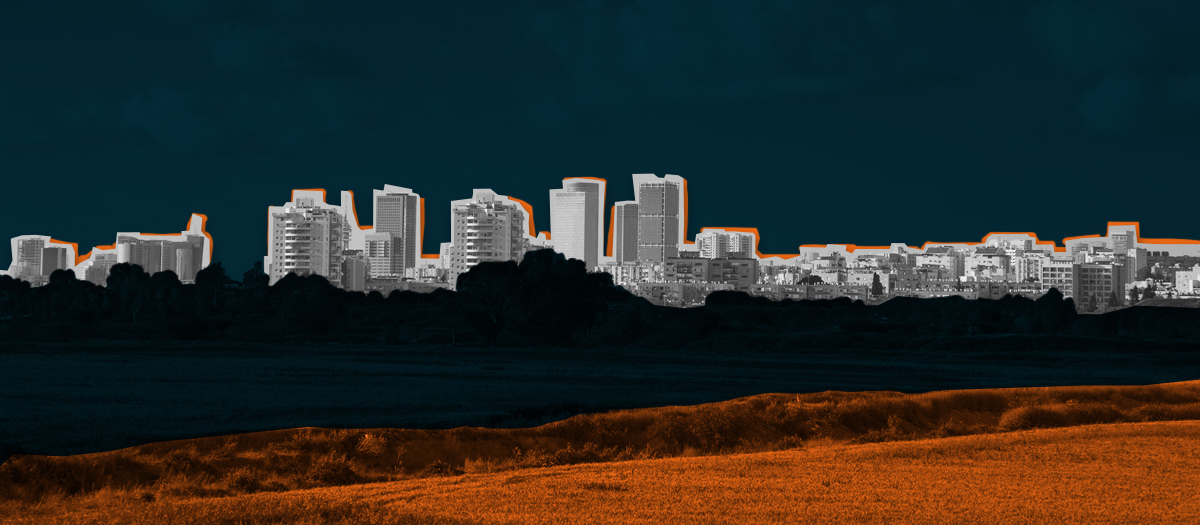Mind the Gap: The Digital Divide Across America
Although we live in an advanced, digital age, access to the internet is still a significant issue across the United States. While major cities generally have reliable internet access, many small and rural communities experience limited or no access at all, leading to what is known as the digital divide.
To determine which states experience the greatest digital divide gaps, ViasatSavings.com, an authorized retailer of Viasat that serves rural communities, analyzed proprietary data and found the difference between the average speeds of the state’s large cities and small towns. Check out the results below (and keep in mind that speeds need to be 25 Mbps or higher to be considered high speed internet).
Methodology
To determine the digital divide gap in each state, we found the difference between the average internet speed in megabits per second (Mbps) in the most populated urban cities and the average internet speed in Mbps in small towns and small cities.*
The average speeds were analyzed using proprietary internet speed test data from HighSpeedInternet.com (HSI) for the dates March 2020 to March 2021.** Internet speeds lower than 25 Mbps are considered slow for the purposes of this report, per the FCC.

Detailed Data, Explained
- Smaller states tend to have smaller digital divide gaps thanks to their small towns’ proximity to larger cities and their metropolitan areas.
- Texas, California, Florida, and New York all have over 1 million residents without access to broadband internet.
- More than half of the states in America have average speeds less than 25 Mbps in their small towns.
- Minnesota has the lowest average internet speed for small towns at 7.74 Mbps.
- Rhode Island has the highest average internet speed for small towns at 106.02 Mbps.

Additional Data
- Virginia is the state with the biggest digital divide gap at a whopping 84.52 Mbps.
- Virginia’s urban cities average internet speeds of 95.47 Mbps, while the small towns average 10.95 Mbps.
- Connecticut is the state with the smallest digital divide gap at 15.79 Mbps.
- Connecticut’s urban cities average internet speeds of 66.80 Mbps, whereas small towns in Connecticut average fast internet speeds of 51.01 Mbps.
*For our scope we focused on small towns and small cities with a population of 1,000 or more people.
**Not every city or town of each state was included in HSI’s data source.
ViasatSavings.com is an authorized retailer of Viasat. Email media@viasatsavings.com for more information

